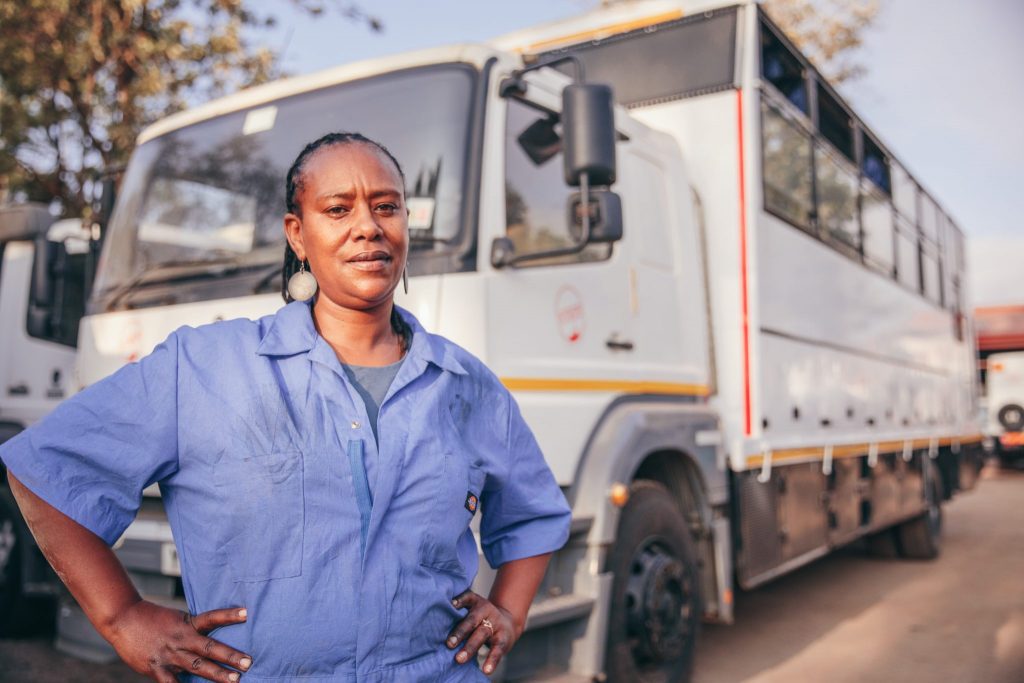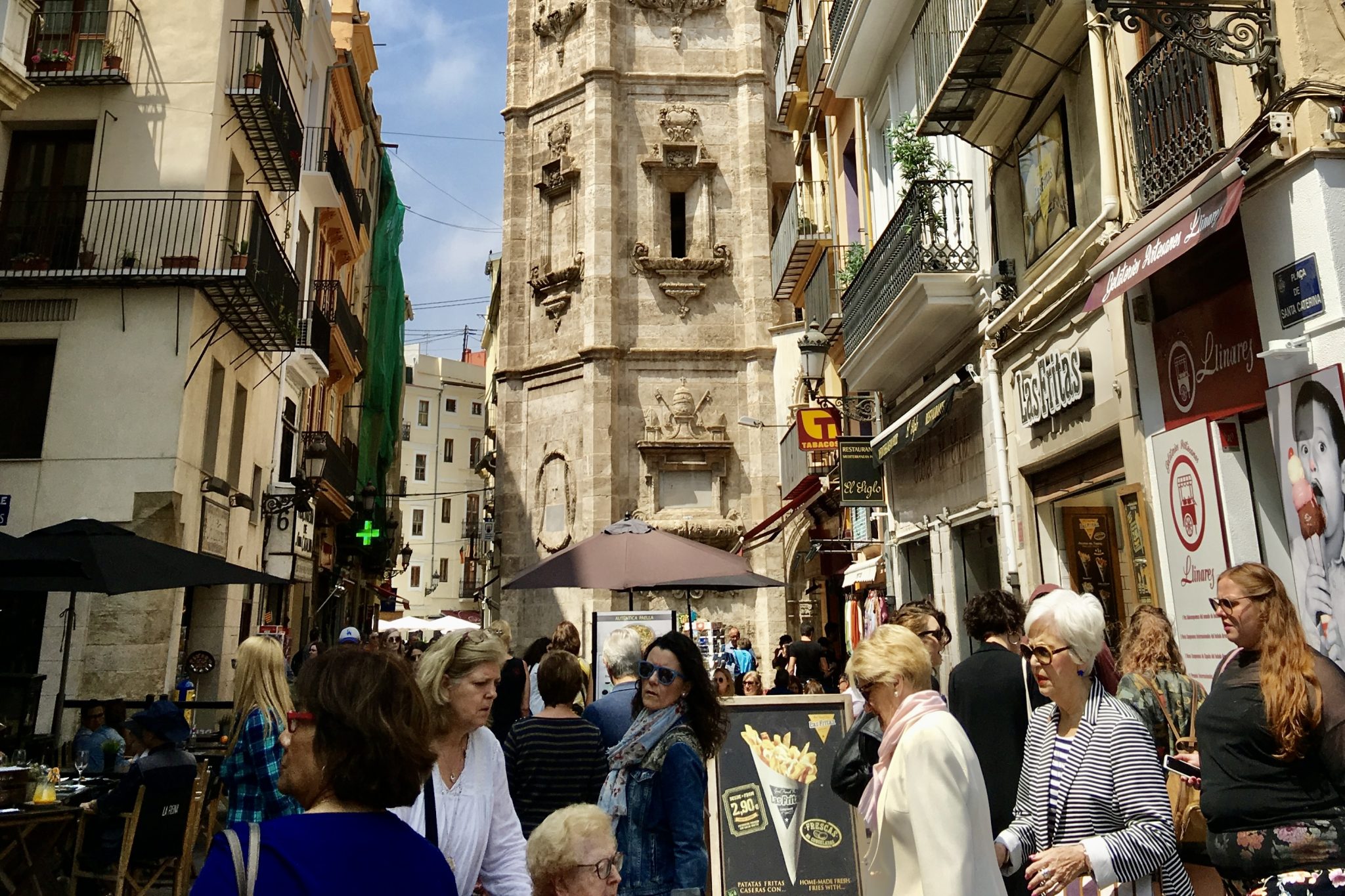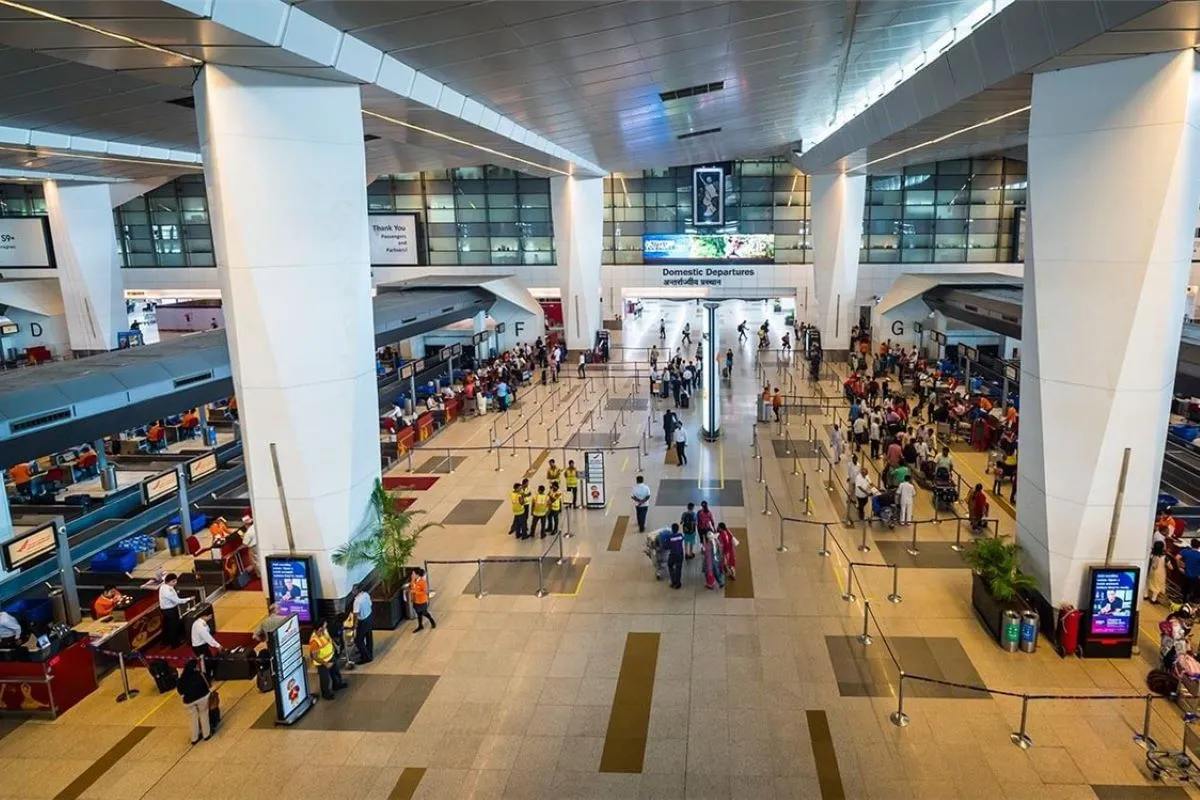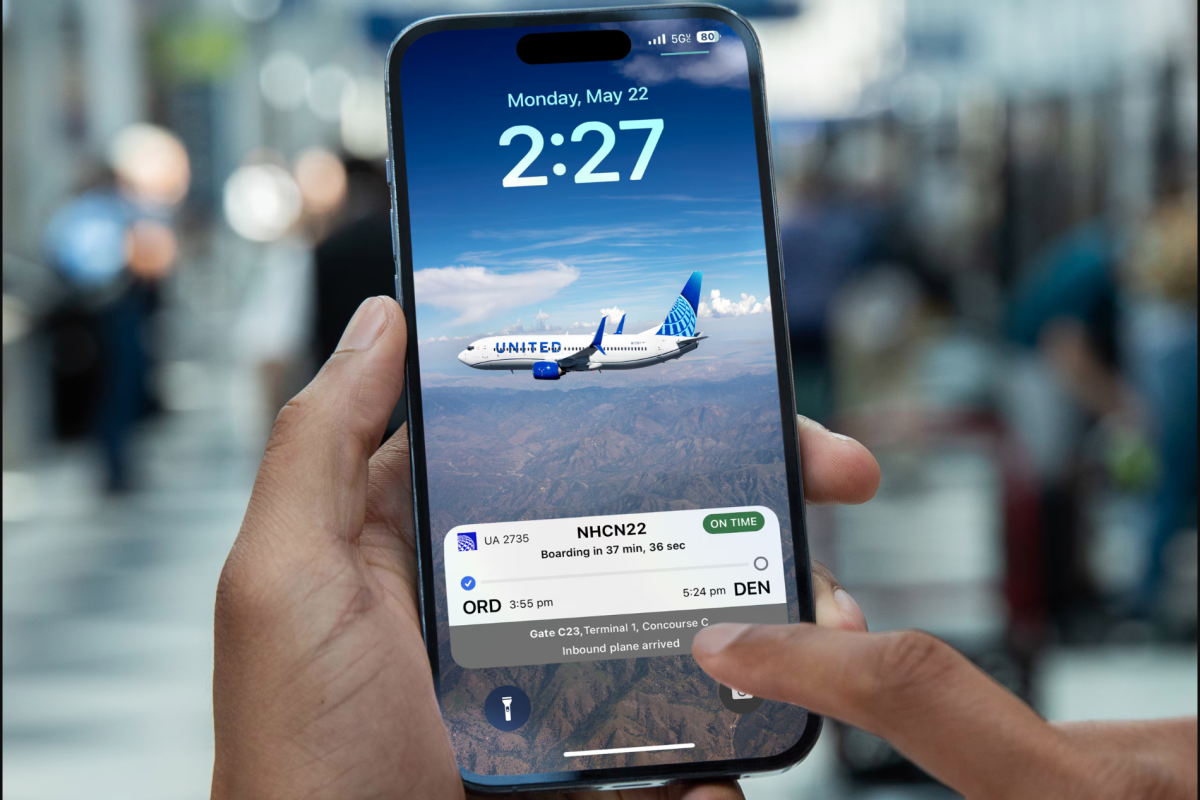Travel Advisors See Growing Demand for Women-Only Tours That Promote Empowerment

Skift Take
A growing array of women-only tours, particularly to the Middle East, Asia, and Africa, are giving Western participants a behind-the-scenes look at how local women live and work in societies quite different than their own.
While more complex than the “girlfriend getaways” to spas and resorts that surfaced as a hot travel trend in the early 2000s, these cultural and adventure-oriented tours also reflect strong demand for female-centric travel. Travel Leaders Group’s 2019 Travel Trends Survey of advisors found that women-only journeys and active/adventure travel are among the top specialty-travel trends across all ages.
“There’s tremendous interest in experiential travel among women,” said Beth Whitman, owner of WanderTours, a Seattle-based company that offers primarily women-only tours to an expanding number of destinations in Southeast Asia, Africa, South America, Europe, and the Middle East. “While I can only speak for my tours, we’re finding that women really like the comradery of traveling with each other. It’s a sisterhood.”
Marian Marbury, who founded Adventures in Good Company 20 years ago by primarily offering domestic U.S. hiking trips, has been steadily expanding with women-only trips to locations around the world.
“Women-only tours are hardly a new fad, but they’ve really taken off in the past few years,” she said. “Women often make lifelong friends on these trips and come back for more.”
Australia-based Intrepid Travel, a 30-year-old adventure travel specialist that offers over 1,500 trips a year, launched a series of “women’s expeditions” last year to Iran, Morocco, and Jordan. The company this year expanded the tours to India, Kenya, Turkey, and Nepal.
“The response to these tours has been phenomenal — we went from 36 to 45 trips in the first year,” said Michael Edwards, Intrepid’s managing director for the Americas. “The demand is clearly out there, and we’re increasing frequencies to meet it.”
A likely reason that Intrepid found a ready market for the new tours is that 70 percent of its customer base is female.
“There’s more of an appetite for our trips among women,” Edwards said. “They like the small-group, curated experience. Men don’t seem to be as proactive in booking experiential travel in far-flung places.”
Cultural Exchange
Another reason Intrepid introduced the tours is “to give women access to places they couldn’t go to on mixed trips,” Edwards said, noting that many places and activities in the Middle East are segregated by gender.
“In Iran, even something as mundane as a hair salon is a place where only women can go,” he said. “On one of our tours, participants spend time in a salon — it’s a way to share a local experience among women.”
Cultural exchange among women is also a big part of those offered by WanderTours, Whitman said.
“We do a lot of homestays and things like visiting a cooperative in Morocco where participants can buy handmade embroidery from local women,” she said. “We also do cooking classes and spend time with local women in their kitchens, which is where so much of their lives take place.”
Local Empowerment
Along with promoting cultural exchanges, tour operators also told Skift that sustainability and empowering women in the tour destinations are also among their objectives.
“Whenever possible, we try to have a female guide from the destination on our women-only tours,” Whitman said. “It not only supports local women, but it provides a cultural exchange for the group. The guides often invite us into their homes and introduce us to their families.”
Whitman, who runs a nonprofit called WanderWorld Foundation, also provides opportunities for tour participants to give back to the local communities they visit through donations to charities that benefit women and children.
In 2017, Intrepid Travel set a goal to double the number of female tour leaders it employs globally by 2020. As of this summer, the company achieved this goal, Edwards said.
“It’s a bold aspiration, particularly in countries such as India where being a tour guide is not a usual career path for women,” he said. “We’ve had to really promote this locally. We go on social media and we talk to families to show that this is a legitimate career for a woman. In Morocco, we’ve gone from none to having 20 female tour leaders.”
In Kenya, an Intrepid tour leader is Becky Kieha, one of the first women to be an overland truck driver in that country.
"She shares her experiences of what it was like to be a pioneer in a male-dominated industry," Edwards said. "We hope that these tours will break down barriers and create knowledge and awareness."
Concerned about overtourism, Marbury at Adventures in Good Company is careful to select destinations that are relatively untouristed.
“One area where we’re developing new trips is to the Balkans, which offer great value and wonderful people and yet are still undiscovered,” she said. “Jordan will be a new destination for us next year, and we like the idea that they are making an effort to develop tourism outside of Petra.”
Demand Drivers
Why are women-only tours growing in popularity and what is driving demand for them?
Whitman noted that many of her participants are married women in midlife who are seeking time for themselves. In some cases, their husbands have less time or interest in travel and are amenable to their wives taking off on their own.
“It’s become more acceptable even for women with young children to do this,” she said. “Husbands are recognizing the benefit of happy wife, happy life. I think it’s why you’re seeing so many women-only tour companies popping up.”
For single women, a women’s tour can be an appealing alternative to one where most of the other participants are couples, Marbury added.
“There’s a real dynamic that’s different than on trips comprised of couples,” she said. “It’s more relaxed, and the women enjoy connecting with each other. A lot of comradery and personal growth happens on these trips. There’s a lot of laughter.”
Catherine Heald, CEO of Remote Lands, which provides customized itineraries to Asia, is seeing a spike in demand among groups of women seeking wellness and meditation in places such as the Himalayas.
“Mindful travel to Eastern cultures with an emphasis on yoga, spirituality, and stress relief has really taken off during the past two years,” she said. “Almost all of this interest is coming from women, many of them traveling with friends or in multigenerational family groups. I think women are more likely to prioritize well-being and happiness.”




